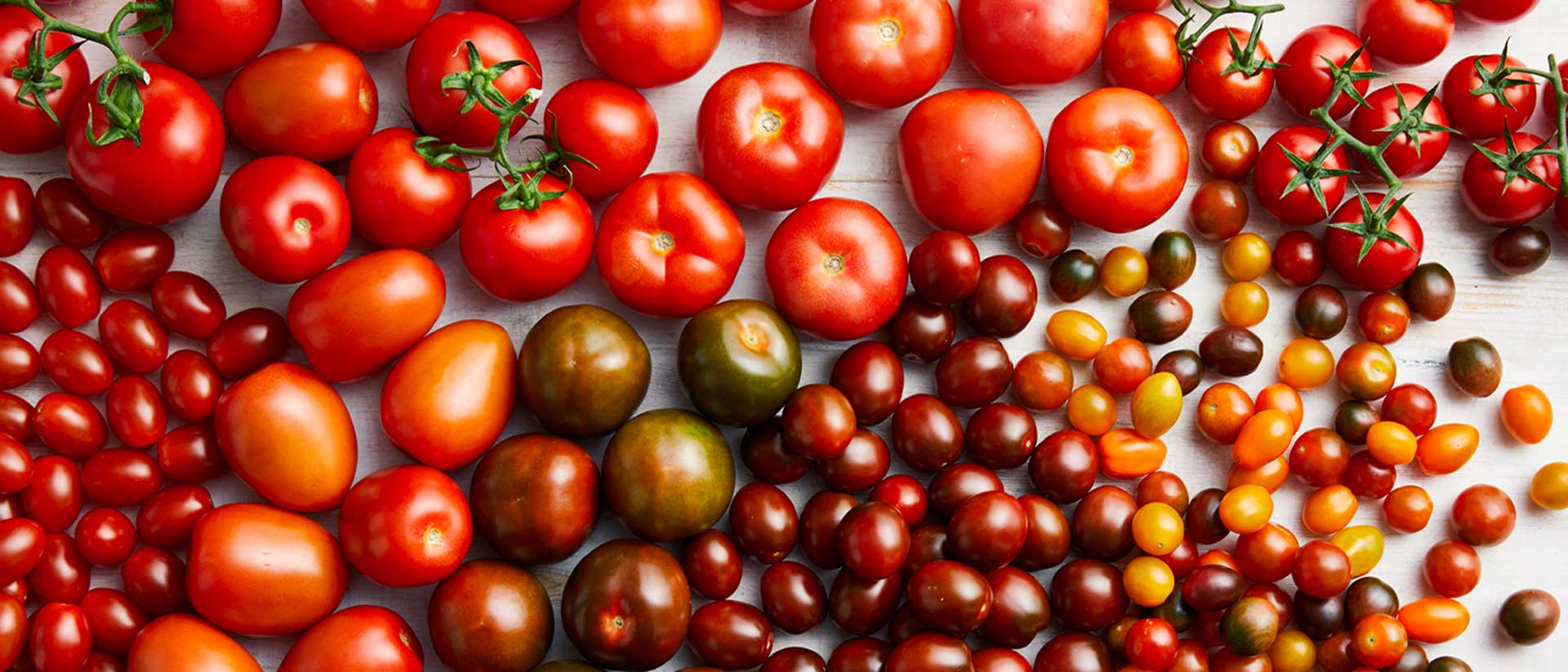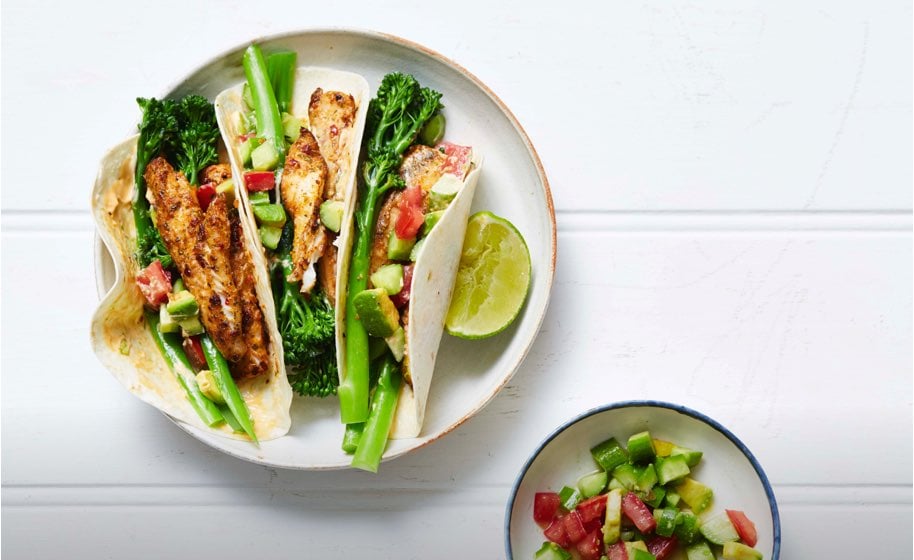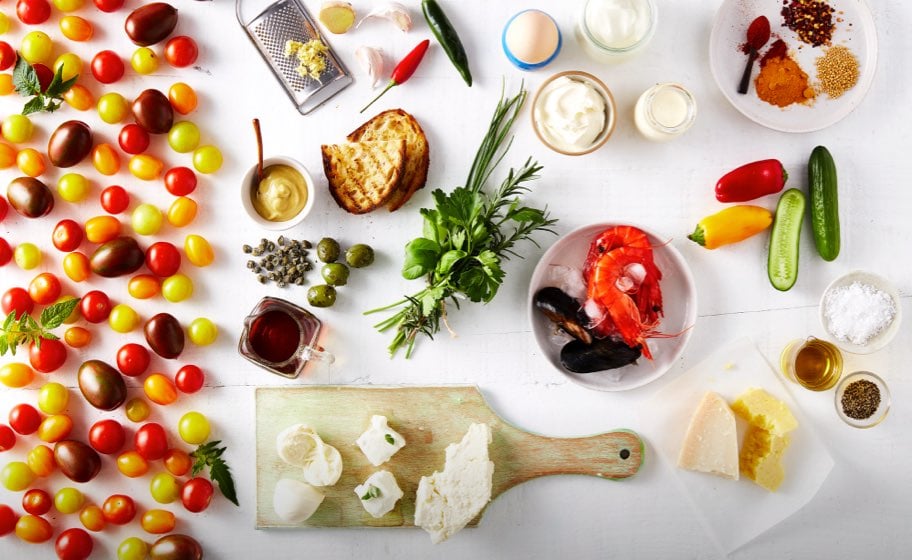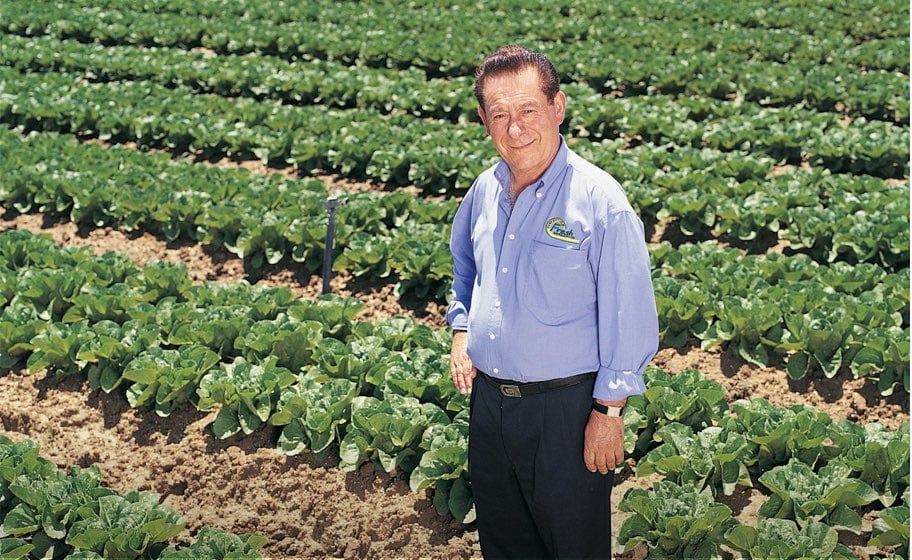TACKLING FOOD WASTE IN AUSTRALIA
Food waste is a pressing issue in Australia, with significant economic and environmental impacts.
According to the National Food Waste Strategy Feasibility Study:
- Food waste reduction is crucial as food waste costs the Australian economy around $36.6 billion each year. Australians waste around 7.6 million tonnes of food annually, equating to about 312kg per person, costing up to $2,500 per household.
FOOD WASTE FACTS & INFORMATION
How often are you tempted to throw something out whenever you look inside the fridge?
Sadly, much of the planet's food waste problem results from food being thrown into bins when they're still edible, with fruits and vegetables(1) being the most wasted of all food groups. In fact, 45%(2) of all produce goes to waste year after year, further putting a strain on landfills and the environment. Food waste in agriculture also plays a significant role, with inefficiencies and losses occurring at various stages of production and distribution.
One effective approach to reduce food waste is the cultivation of glasshouse-grown produce. Glasshouse farming can significantly decrease waste by providing a controlled environment that reduces spoilage and extends the shelf life of fresh produce. This method enhances fruit and veggie storage and minimises losses, ensuring that more produce reaches consumers in optimal condition.
Consumers might also want to consider fruit and veggie storage techniques that extend the shelf life of fresh produce. Proper storage can prevent spoilage and reduce the amount of food that ends up in the bin. By adopting these methods, we can all contribute to a more sustainable future and make a positive impact on the environment.

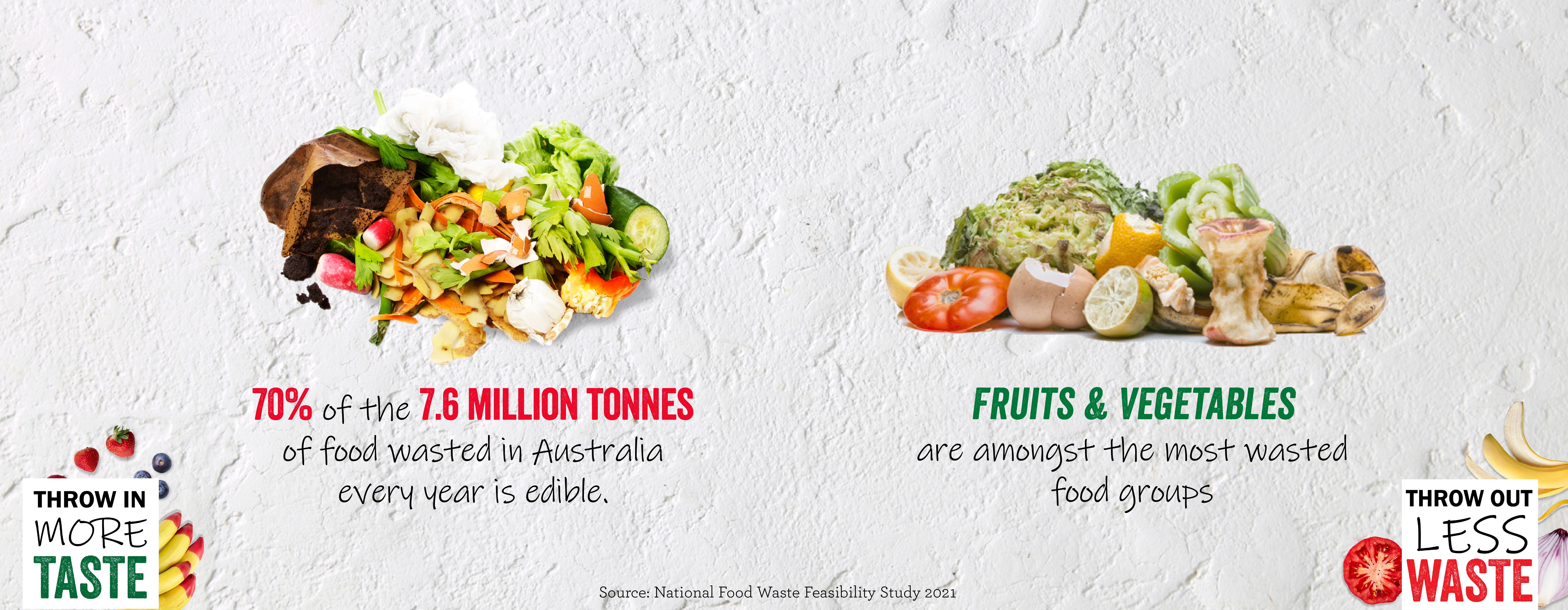
FOOD WASTE RECIPES
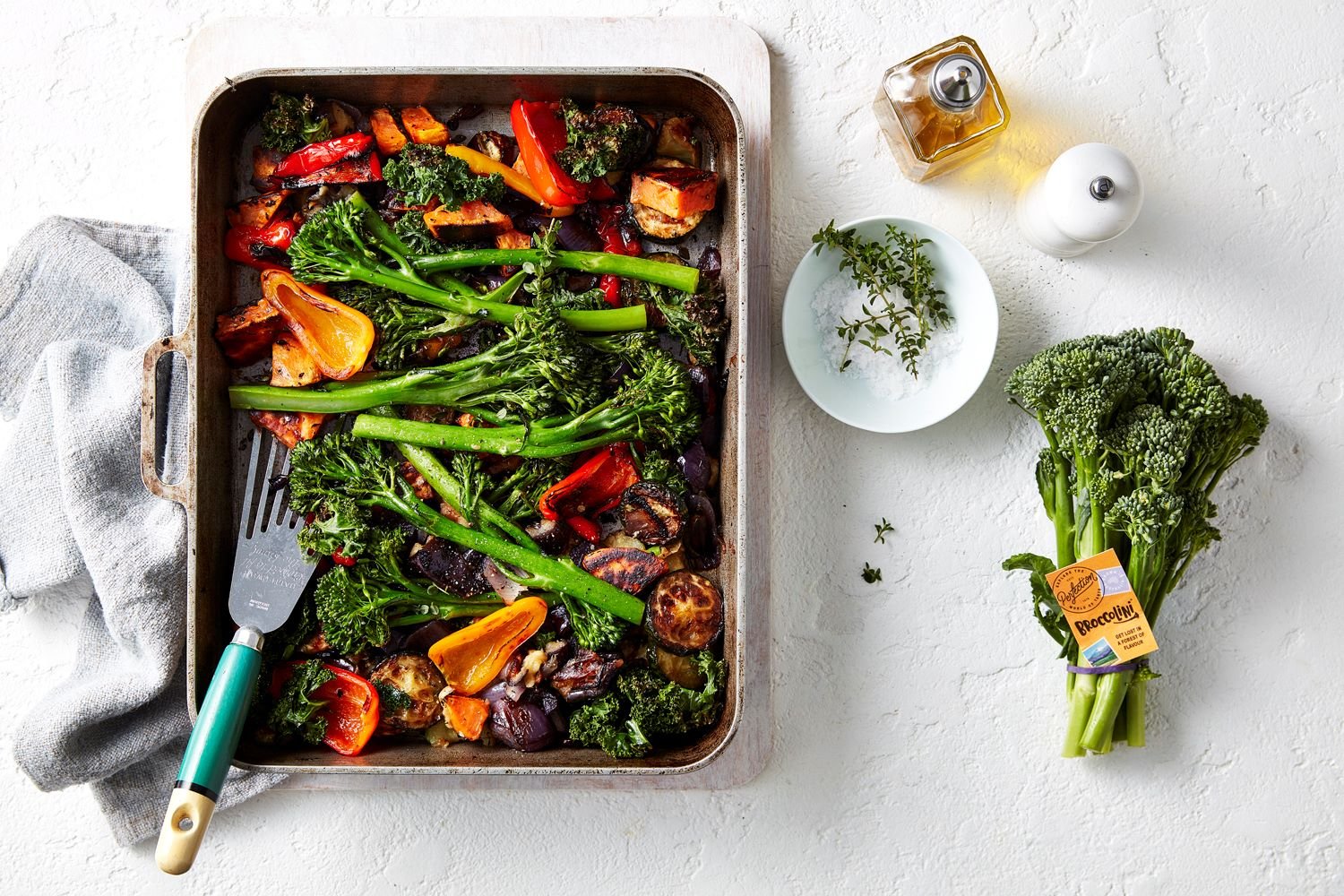
FOOD WASTE DOWNLOADABLES
Grocery Shopping List & Weekly Meal Planner
Planning the week ahead with meals at breakfast, lunch and dinner, as well for snacking times, greatly reduces the chance of needing throw out rotten, unused food. Download our simple meal planner to start binning less food and save on food costs.
DOWNLOAD: Grocery Shopping List and Weekly Meal Planner

Produce Seasonality Chart
When produce is bought in-season, it tastes better and lasts longer at home. Download this sheet to find the months which your favourite Perfection Fresh fruits and vegetables are in-season.
DOWNLOAD: Produce Seasonality Chart

Roasted Vegetables & Roasted Fruit Chart
Find new ways to make snacks and meals with produce past its prime, by downloading these charts.
DOWNLOAD: Roasted Vegetables and Roasted Fruit Chart

HOW TO REDUCE FOOD WASTE
Reducing food waste starts with how we plan, buy, and store food. Follow these recommended steps below if you're looking to make a positive impact on our planets food waste crisis.
Step 1: Planning Ahead
1. Check what's available at home
2. Plan your meals
3. Take a shopping list to the store
Step 2: Buying At The Store
1. Only buy what you need2. Buy local and seasonal produce
3. Don't focus on only buying 'perfect' produce
Step 3: Produce Storage
Different 'families' of produce, and even types of specific fruits and vegetables, have different storage needs. Some are best kept in the fridge (such as berries), whereas others (such as tomatoes) lose their flavour when exposed to the cold and should be kept on the kitchen counter.
Watch these videos for useful tips on how to store different produce items:
How to Store Cauli-Blossom®
How to Store Qukes® Baby Cucumbers
How to Store Perfection Berries









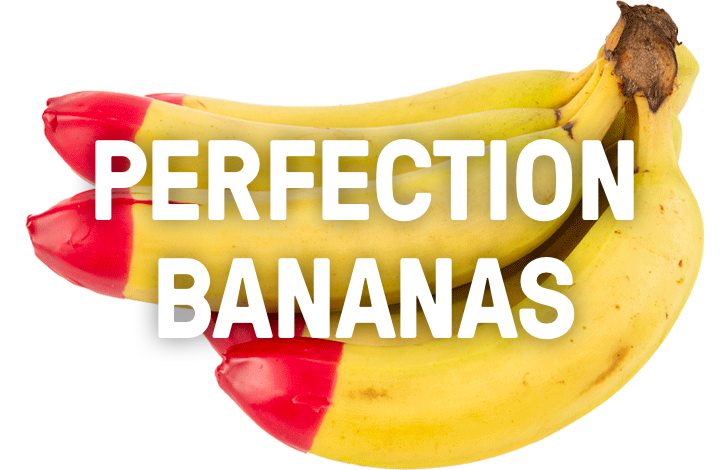
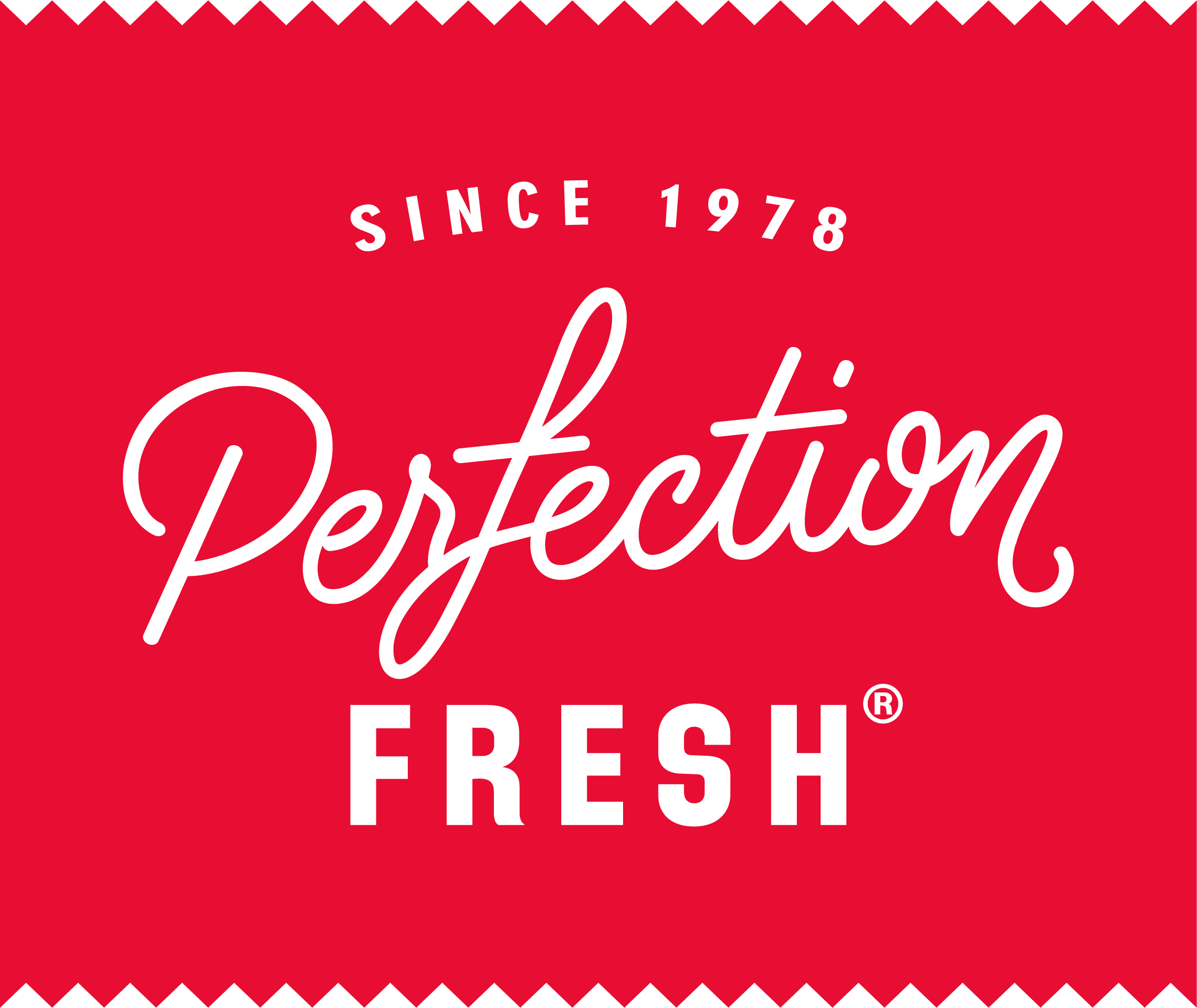


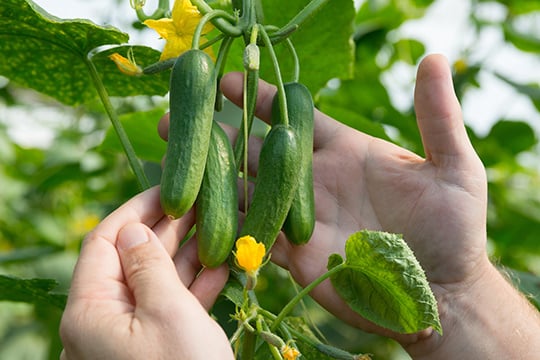

.jpg)
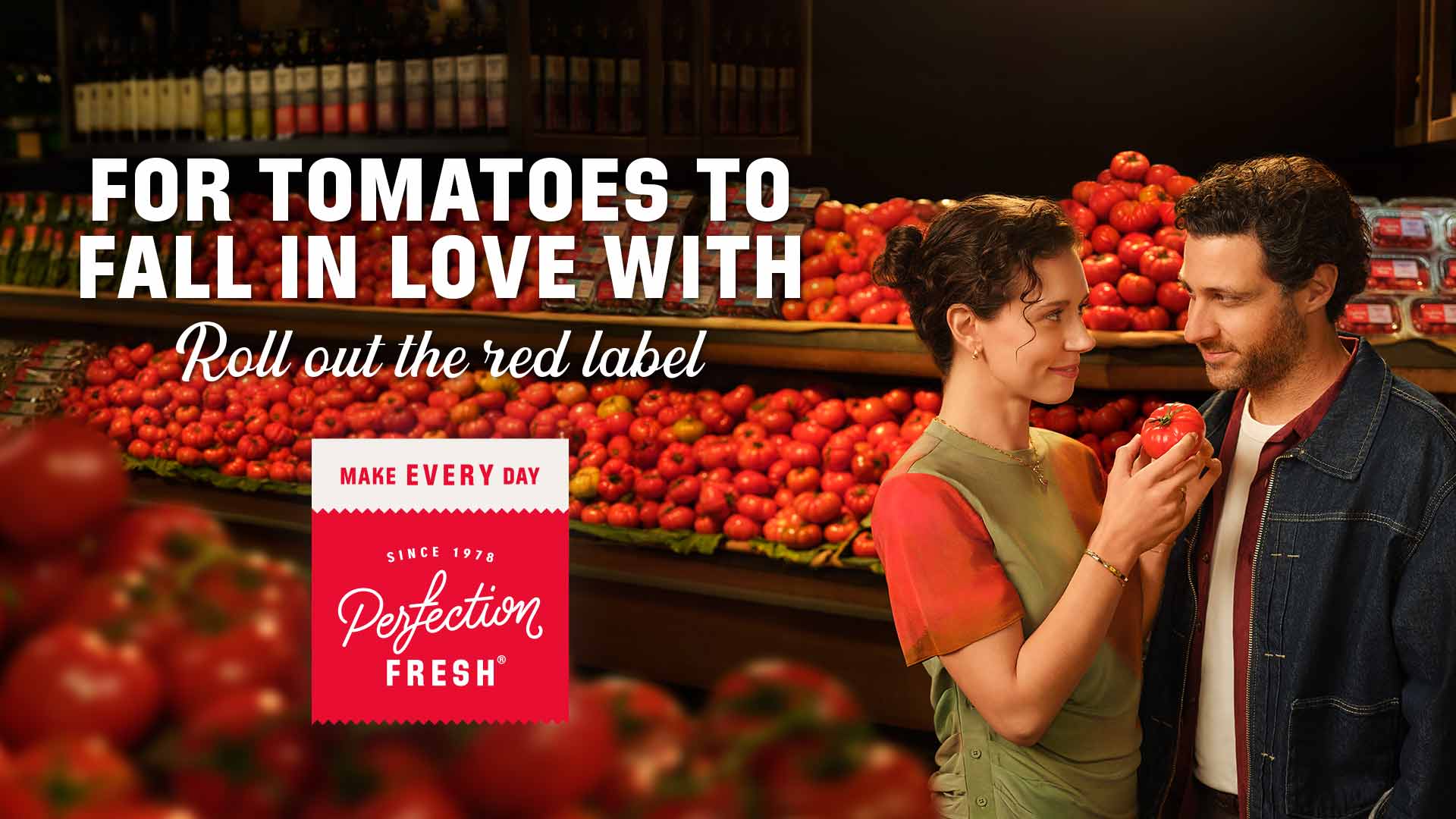
%20(1).jpg)
